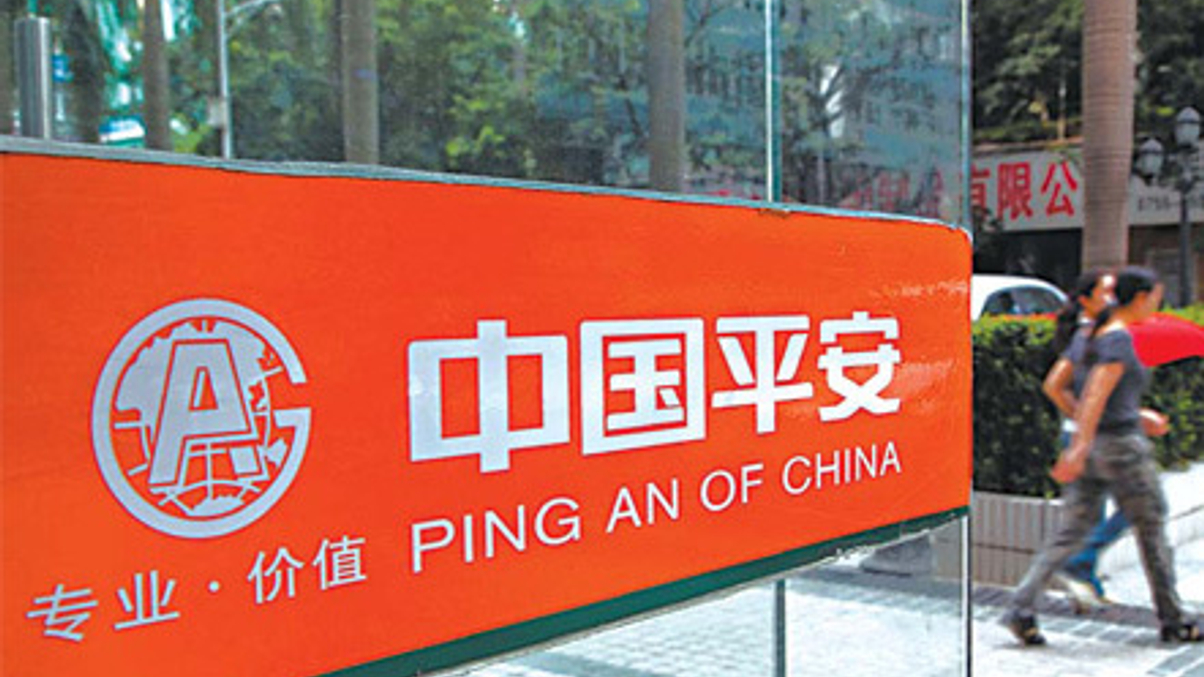Ping An eyes property and corporate bonds
China's second-largest insurer will also likely continue lifting its long-term equity investments to reduce earnings volatility after adopting IFRS 9.

Ping An, one of China’s biggest insurers by assets under management, is considering opportunities in corporate bonds and real estate as it seeks to fulfil the twin goals of finding appropriate assets to match its liabilities while adhering to regulator calls to support the real economy.
Sign in to read on!
Registered users get 2 free articles in 30 days.
Subscribers have full unlimited access to AsianInvestor
Not signed up? New users get 2 free articles per month, plus a 7-day unlimited free trial.
¬ Haymarket Media Limited. All rights reserved.


